Palmarosa Oil
- CAS NO.:8014-19-5
- Molecular Weight: 0
- MDL number: MFCD00241309
- EINECS: 616-947-3
- Update Date: 2025-06-12 13:02:17
What is Palmarosa Oil?
Description
Refer to GERANIUM.
Chemical properties
Palmarosa oil is obtained by steam distillation of wild or cultivated Cymbopogonmartinii
(Roxb.) J.F.Wats., collected when in blossom. It is a pale yellow
liquid with a characteristic rose-like odor and a grassy note.
d2020 0.880–0.894; n20D 1.4710–1.4780; α20D +1.4 ° to +3 °; solubility: 1 vol in
2 vol of 70% ethanol at 20 ℃; ester number (after acetylation): 255–280, corresponding
to a total alcohol content of 80–95%, free alcohol content (calculated
as geraniol): 72–94%. High-grade palmarosa oil may contain up to
95% geraniol and its esters; it is produced in smaller quantities
than other oils obtained from aromatic grasses (~100 t/yr mainly in India).
Palmarosa oil is the starting material for geraniol and geranyl esters of high
odor quality, but it is also used for perfuming soaps and cosmetics.
Chemical properties
Palmarosa oil is steam-distilled or water-distilled mainly from wild-growing, fresh or dried grass of the plant Cymbopogan martinii, varietas motia Palmarosa oil has a sweet, foral rosy odor and various backnotes or topnotes according to the quality and age of the oil Palmarosa oil blends well with all the conventional soap perfume materials, and it forms an excellent base with small amounts of geranium oil and oakmoss concrete or absolute Commonly referred to as East Indian geranium oil, it is frequently used to adulterate rose oil due to this oil’s high concentration of geraniol and citronellol.
Chemical properties
The oil is obtained by steam distillation of partially dried plants (Cymbopgon martinii) harvested during September and October. It has a rose-like odor and a characteristic, herbaceous undertone.
Physical properties
It is a light-yellow to yellow oil that is often hazy and brownish. It is soluble in most fixed oils and propylene glycol. It is soluble in mineral oil with turbidity and opalescence. It is practically insoluble in glycerin.
Occurrence
Found in the grass of Cymbopogon martini Stapf, var Motia (Fam. Graminae).
The Uses of Palmarosa Oil
palmarosa oil (Cymbopogon martini) is attributed with soothing, moisturizing, anti-septic, tonic, and cell-regenerating properties. Palmarosa oil is said to have an immediate calming and refreshing effect on the skin. It is indicated for acne skin and dermatitis as well as for dry skin. This oil is widely used in perfumery and cosmetology because its fresh, rose-like scent makes it useful for the adulteration of rose oil, one of the most expensive essential oils. It can also be used to mask odors. Palmarosa oil is obtained by distillation of this flowering grasslike plant.
The Uses of Palmarosa Oil
rose geranium oil (Pelargonium graveolens) is a volatile oil used for masking odors and perfuming a product. Among rose geranium’s constituents are limonene, menthone, linalool, geranyl acetate, citronellol, and geraniol.
Preparation
By steam distillation of the partially dried grass Cymbopogon martini Stapf, var. Motia.
Definition
Extractives and their physically modified derivatives. Cymbopogon martini, Gramineae.
Essential oil composition
The main constituent of palmarosa oil is geraniol
Safety Profile
Low toxicity by ingestion and skin contact. A skin irritant. When heated to decomposition it emits acrid smoke and irritating fumes
Properties of Palmarosa Oil
| Density | 0.887 g/mL at 25 °C |
| refractive index | n20/D 1.47 |
| FEMA | 2831 | PALMAROSA OIL (CYMBOPOGON MARTINI (ROXB.) STAPF) |
| Flash point: | 111 °C |
| storage temp. | 2-8°C |
| color | Yellow oily liquid |
| Odor | at 100.00 %. sweet floral citrus grassy citronella geranium metallic tomato leafy |
| EPA Substance Registry System | Oils, palmarosa (8014-19-5) |
Safety information for Palmarosa Oil
Computed Descriptors for Palmarosa Oil
Palmarosa Oil manufacturer
New Products
4,4-Difluoropiperidine hydrochloride tert-butyl 9-methoxy-3-azaspiro[5.5]undecane-3-carboxylate Indole Methyl Resin N-Isopropylurea N,N-Dicyclohexylcarbodiimide(DCC) MELDRUMS ACID 5-METHYLISOXAZOLE-4-CARBOXYLIC ACID Magnessium Bis glycinate Zinc ascorbate 1-bromo-2-butyne 2-acetamidophenol 9(10H)-anthracenone Erythrosin B, 4-Piperidinopiperidine 2-((4-morpholinophenylamino) (methylthio) methylene) malononitrile 2,4-dihydroxybenzaldehyde 3-(4-morpholinophenylamino)-5-amino-1H-pyrazole-4-carbonitrile Methyl 2-methylquinoline-6-carboxylate 2,6-dichloro-4-nitropyridine 4-Bromo-2-chlorobenzonitrile 2-(benzylamino)acetic acid hydrochloride 4-(tert-Butoxycarbonylamino)but- 2-ynoic acid 3,4-dihydro-2H-benzo[b][1,4]dioxepine 1-Phenyl-1-cycloprppanecarboxylicacidRelated products of tetrahydrofuran








You may like
-
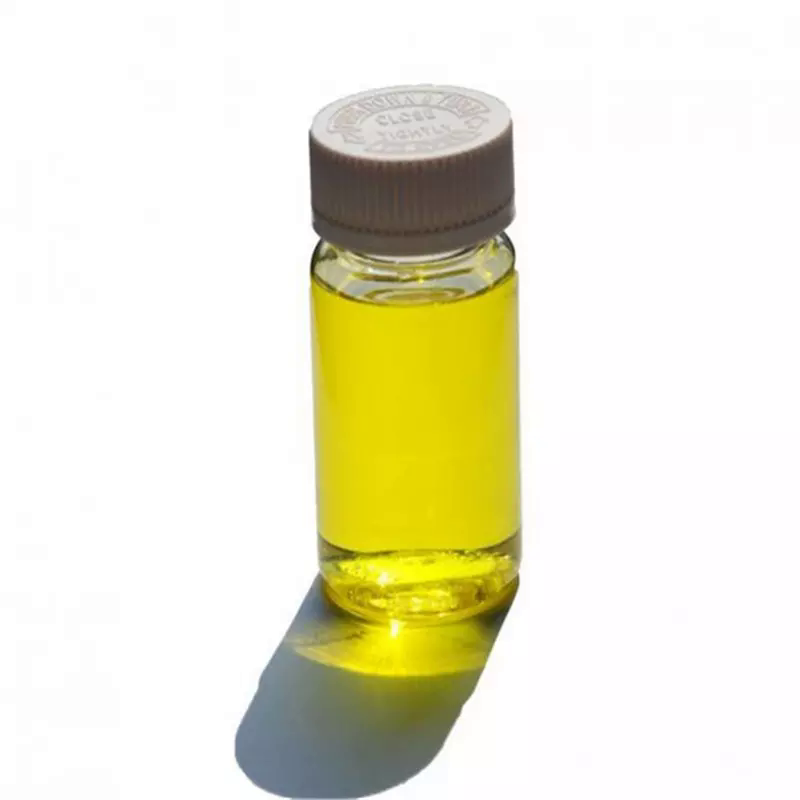 8014-19-5 PALMROSA OIL 98%View Details
8014-19-5 PALMROSA OIL 98%View Details
8014-19-5 -
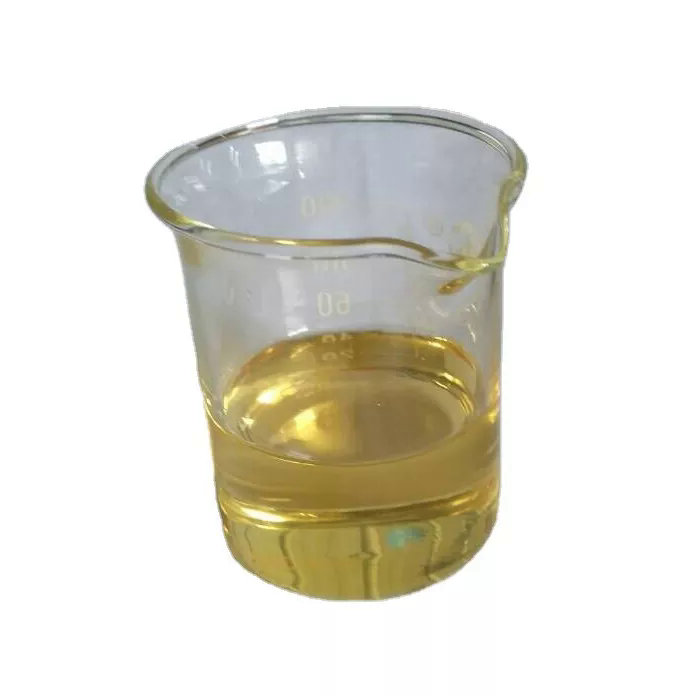 8014-19-5 98%View Details
8014-19-5 98%View Details
8014-19-5 -
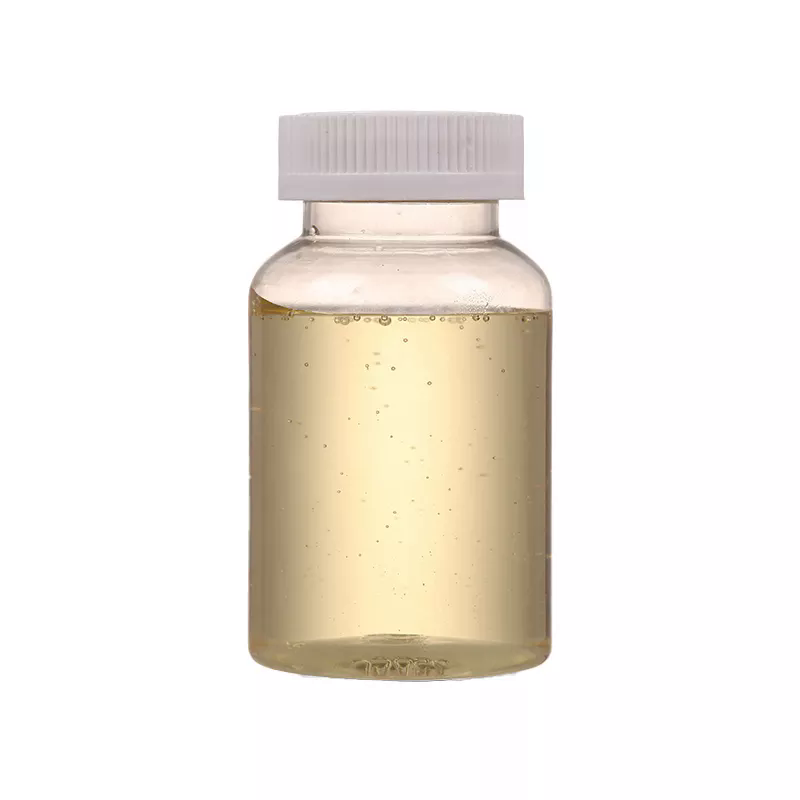 Palmarosa oil 98%View Details
Palmarosa oil 98%View Details
8014-19-5 -
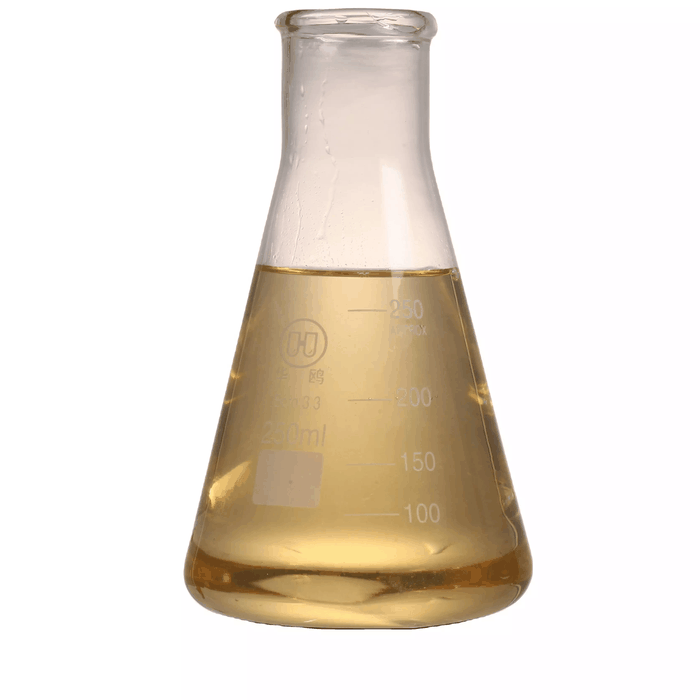 Palmarosa oil 8014-19-5 99%View Details
Palmarosa oil 8014-19-5 99%View Details
8014-19-5 -
 8014-19-5 Palmarosa oil 98%View Details
8014-19-5 Palmarosa oil 98%View Details
8014-19-5 -
 Palmarosa oil 98%View Details
Palmarosa oil 98%View Details
8014-19-5 -
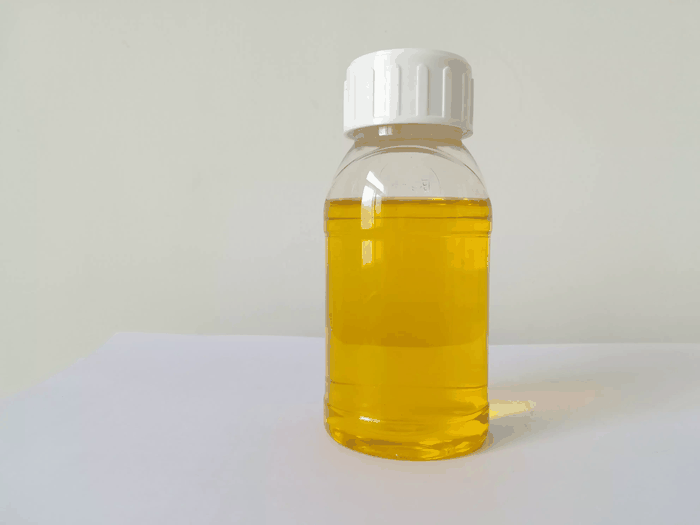 Palmarosa oil 8014-19-5 98%View Details
Palmarosa oil 8014-19-5 98%View Details
8014-19-5 -
 Palmarosa Oil 99%View Details
Palmarosa Oil 99%View Details
